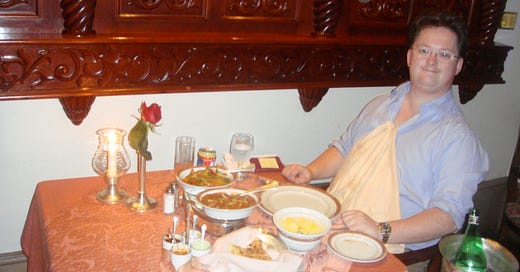Airlines & Curry Houses
Airlines share legacies & challenges in common with the Indian restaurant sector – what can airlines learn?
The great city of Athens has been closely associated with western philosophy for thousands of years. Around those many steps and columns, Socrates, Plato and Aristotle laid the foundations of how we see the world – in the words of great gentlemen Bill & Ted, it would have been most tranquil.
It was in Athens too that fabulous BBC journalist and news pres…



